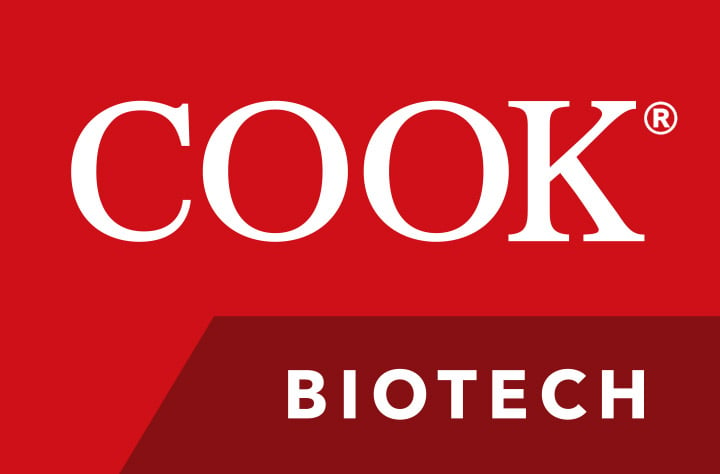Researchers at Juntendo University School of Medicine in Tokyo, Japan, review the components of small intestinal submucosa (SIS) that support its effective use for wound healing.1
The researchers describe the evidence for how SIS can shift the biochemical balance of a wound from a chronic to an acute state.
In this article, Drs. Fujii and Tanaka describe the acute wound environment and contrast it with the excessive inflammation and abnormalities seen in a chronic wound. They then delineate how SIS utilizes dynamic reciprocity to promote constructive remodeling. They take the reader through a review of articles describing the clinical use of SIS, such as for tendon-exposed wounds and Barrett’s esophagus, among others. Chronic wounds have high levels of matrix metalloproteinases (MMPs), and the review describes how SIS can lower MMP levels.
Next, they review evidence that SIS can switch the balance of macrophages from an inflammatory (M1) to a proliferative (M2) profile. This is especially important, since they then discuss evidence that links M2 macrophages to pain reduction, such as when SIS is used to treat venous, arterial, and mixed arterial/venous ulcers. In addition, they review the literature that describes the bioactivity of SIS. Lastly, Drs. Fujii and Tanaka introduce matrix-bound vesicles (MBV) and the evidence that MBV are responsible for SIS altering the wound microenvironment.
1 Fujii M and Tanaka R. Porcine small intestinal submucosa alters the biochemical properties of wound healing: a narrative review. Biomedicines. 2022;10(9):2213.
